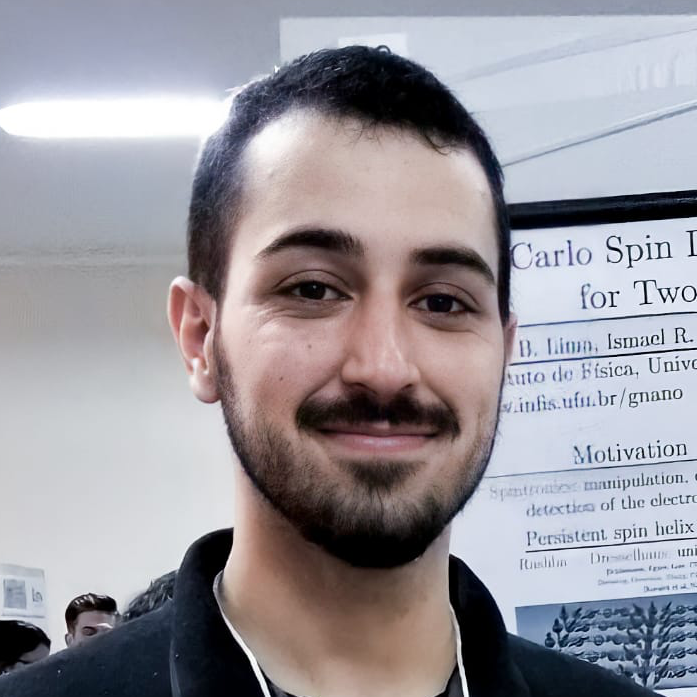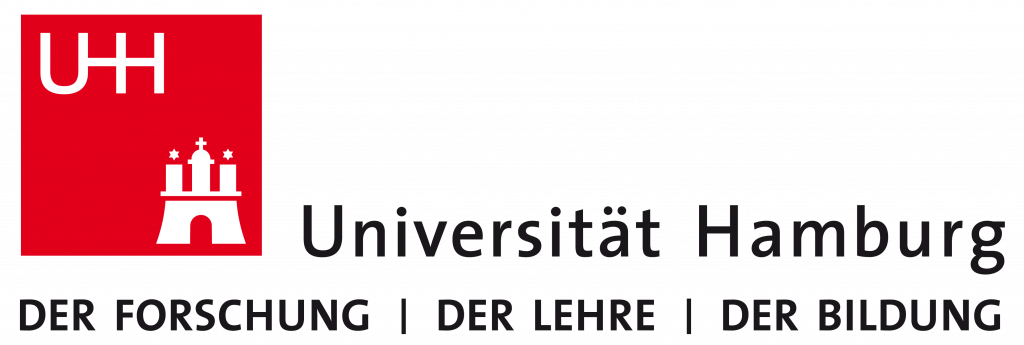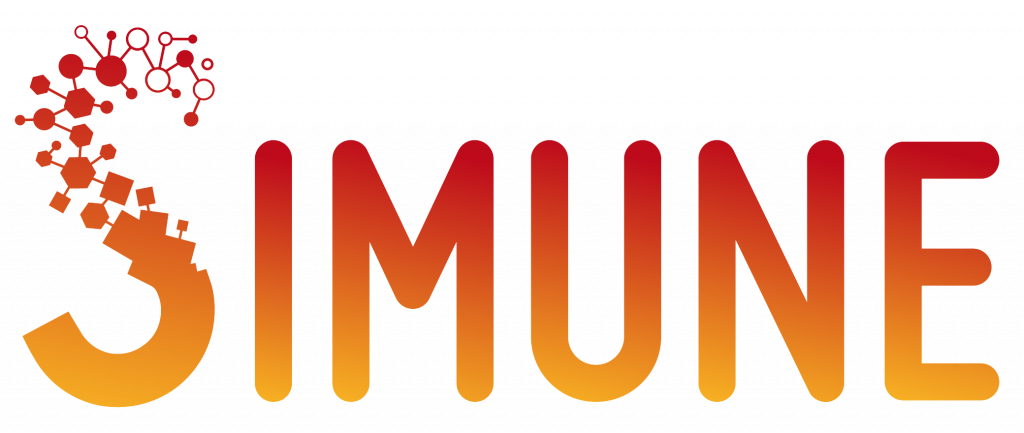- Research project
Optimization of the skyrmion motion for racetrack applications
- Project supervisor
Prof. Dr. Ingrid Mertig
- Recruitment date
- 01/10/2021

Ismael Ribeiro

Hi everyone, my name is Ismael, but people also call me smile.
I grew up in the countryside of Brazil in a city called Catalão, unfortunately very far away from the coast. In my spare time, I enjoy listening old school rock and roll, hiking, and going on road trips on my motorcycle.
I did my undergrad studies at the Federal University of Goiás and I’ve also spent 11 months in Italy, in the Università degli studi di Roma – La Sapienza. For my master studies, I joined the Federal University of Uberlândia, where I started the research on spintronics. My research interests are general spin-related phenomena, such as the persistent skyrmion lattice, spin diffusion and relaxation, to name a few.
When the SPEAR project came to my knowledge I was very excited. I think it is a once-in-a-lifetime opportunity to be trained and join a project built by world-leading scientists and private companies. I feel lucky to be part of it. For the next few years, I will be focusing my attention on one of the coolest things in Physics, Skyrmions. I’m also very excited to move to Germany, where I can learn the language and the German culture.
I’m very happy that I will be dealing with beautiful Physics in an exciting research environment. SPEAR will certainly change my career.
Project Description
Magnetic skyrmions are highly promising for spintronics applications. The potential bits in racetrack storage devices can be written, deleted, moved, and read, allowing for an efficient storage and manipulation of data. One main drawback that hinders the realization of this device is the so-called skyrmion Hall effect. Because of its non-trivial real-space topology, a skyrmion does not move parallel to an applied current.
The main goal of this project is to find methods to suppress the skyrmion Hall effect or to consider alternative magnetic quasiparticles that do not show a transverse deflection when driven by currents. To achieve this aim, analytical considerations using the Thiele equation are complemented by micromagnetic simulations.
As a foundation, our group in MLU has already shown that the skyrmion Hall effect can be suppressed by manipulating the SOT by using a low-symmetric heavy metal as part of the racetrack setup. Alternatively, magnetic skyrmioniums or antiferromagnetic skyrmions possess a vanishing topological charge, therefore they can move along the racetrack unimpededly. A second emergent electrodynamic effect is the topological Hall effect of electrons. In addition to the conventional and anomalous Hall effects, the non-trivial real-space topology of a skyrmion leads to the emergence of this additional contribution. For this reason, it can be used to detect non-collinear spin textures in racetrack devices, what is an essential constituent of the introduced future technology. A sub-goal of this project is the calculation and understanding of the topological Hall properties of skyrmions and alternative magnetic nano-objects.
Host institution

Martin Luther Universität Halle-Wittenberg (Halle, Germany).
Planned Secondments
UHAM (Hamburg, Germany), under the supervision of Kirsten von Bergmann.
SIMUNE (San Sebastián, Spain), under the supervision of Peter Koval.
Registering University
MLU (Halle, Germany).




